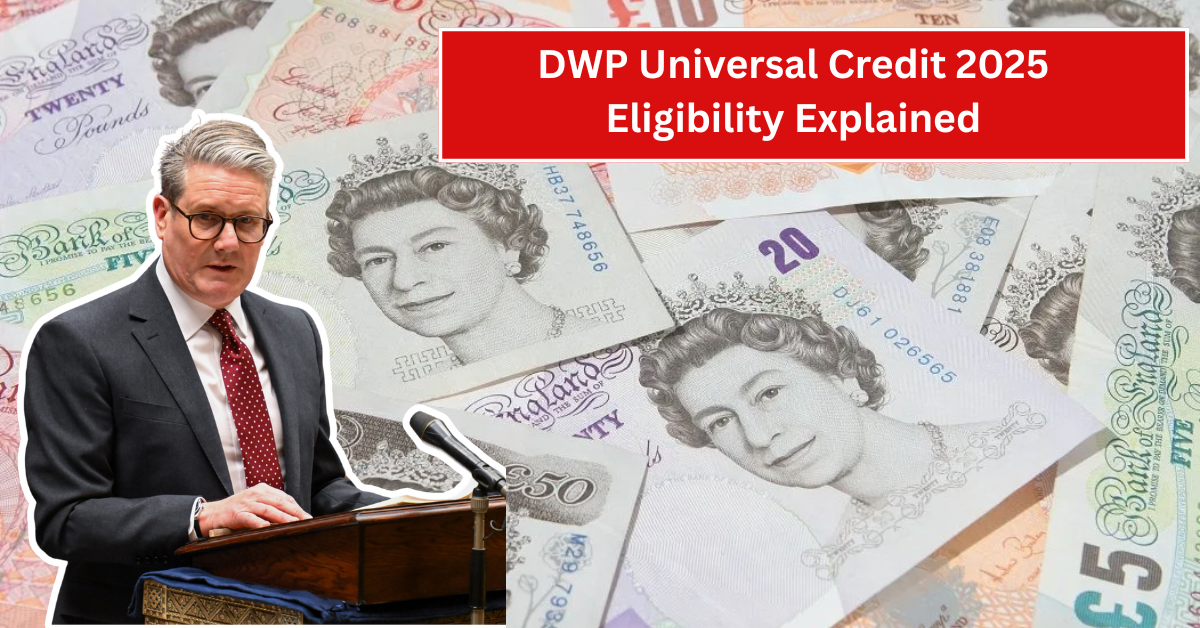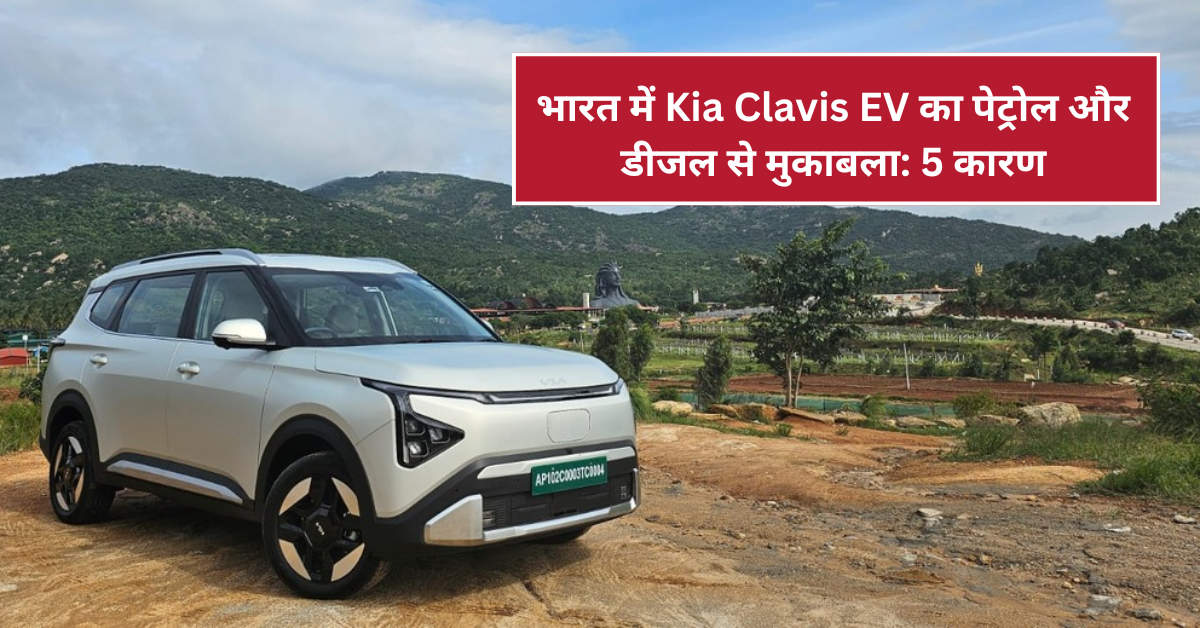Denmark has achieved a remarkable milestone in its journey toward clean energy. For the first time, over 80% of the country’s electricity came from renewable sources like wind and solar power. This impressive feat was recorded during a hot July, showing how renewable energy can effectively meet high demand even in challenging weather conditions.
This breakthrough is not just a win for Denmark but an inspiring example for countries worldwide, including India, where clean energy is becoming a priority. The rise of wind and solar power in Denmark highlights the possibilities for a greener, more sustainable energy future that younger generations are passionate about.
Denmark’s Renewable Energy Achievement Explained
This Article Includes
- 1 Denmark’s Renewable Energy Achievement Explained
- 2 Why Wind and Solar Power Are Game Changers
- 3 The Role of Technology and Smart Grids
- 4 What This Means for India and the World
- 5 Challenges and Opportunities Ahead
- 6 The Importance of Renewable Energy for Climate Action
- 7 Conclusion: A Bright Future Powered by Nature
During July, Denmark used Netdata – a platform that tracks real-time energy production – to measure how much electricity was generated by renewable sources. The data showed a record-breaking 80% of electricity came from wind turbines and solar panels. This means that most of the country’s power needs were met without relying on fossil fuels like coal or natural gas.
Such a high percentage of renewable energy is rare anywhere in the world, especially during hotter months when electricity demand usually spikes due to cooling needs. Denmark’s strong focus on green energy technologies makes this success possible.
Why Wind and Solar Power Are Game Changers
Wind and solar energy are clean and abundant sources of electricity. Wind turbines capture kinetic energy from the wind to generate power, while solar panels convert sunlight directly into electricity. Both methods produce zero greenhouse gases, making them essential to fight climate change.
In Denmark, the constant winds and long summer days provide perfect conditions to produce large amounts of wind and solar energy. This natural advantage has helped the country reduce its carbon footprint and become a global leader in renewable energy use.
The Role of Technology and Smart Grids
Behind Denmark’s renewable energy success is advanced technology, including smart grids. Smart grids help balance energy supply and demand by automatically directing electricity where it’s needed most. During the July heatwave, this technology ensured that wind and solar energy were efficiently distributed across the country.
This means even when the sun wasn’t shining or the wind slowed down, Denmark’s energy system could adjust by using stored energy or other cleaner backup options. Such flexibility is crucial for countries aiming to increase their renewable energy share.
What This Means for India and the World
India, with its growing economy and large population, faces huge energy demands. Like Denmark, India has excellent potential for wind and solar power. The success of Denmark shows that with the right investments and technology, it’s possible to run a country mostly on clean energy.
Young people in India who care about climate change can take inspiration from this achievement. Supporting renewable energy policies, adopting clean energy habits, and encouraging innovation are ways to help India move toward a sustainable future.
Challenges and Opportunities Ahead
Despite the success, relying heavily on wind and solar also poses challenges. The weather can change quickly, affecting how much energy is produced. Denmark is constantly working on improving energy storage systems and grid technologies to solve these issues.
For India and other countries, these challenges offer opportunities to develop new technologies and smarter energy solutions. Collaborating internationally and learning from Denmark’s experience can speed up the transition to renewable energy.
The Importance of Renewable Energy for Climate Action
Renewable energy plays a key role in reducing carbon emissions and fighting global warming. Denmark’s record shows that it’s possible to meet modern energy needs while protecting the environment. This is a valuable lesson for countries worldwide striving to meet their climate goals.
By embracing clean energy sources, nations like India can reduce pollution, improve public health, and create green jobs. This aligns with the priorities of today’s youth who want a healthier planet and a brighter future.
Conclusion: A Bright Future Powered by Nature
Denmark’s achievement of generating more than 80% electricity from renewables during July’s heatwave is more than just a record—it’s a symbol of hope. It proves that smart planning, technology, and natural resources can work together to create a sustainable energy system.
For young Indians and people everywhere, Denmark’s success is a call to support clean energy initiatives and push for a greener world. The journey to a sustainable future is challenging, but with determination and innovation, it is absolutely achievable.


































